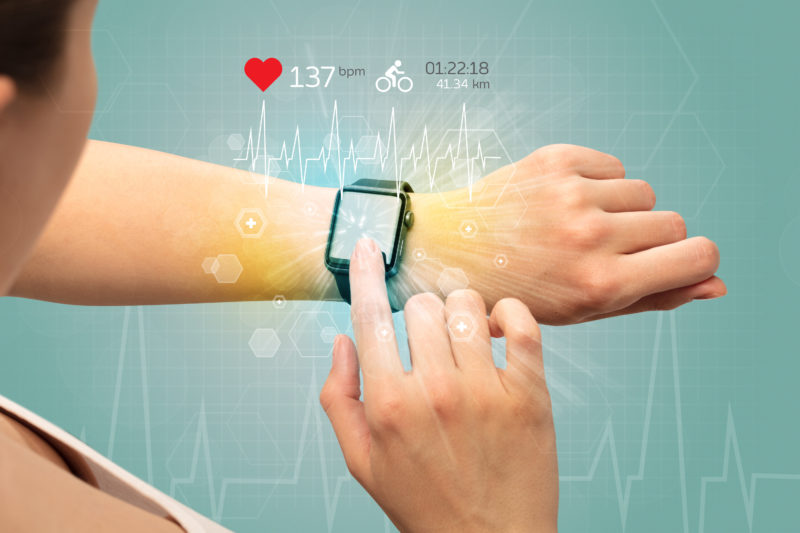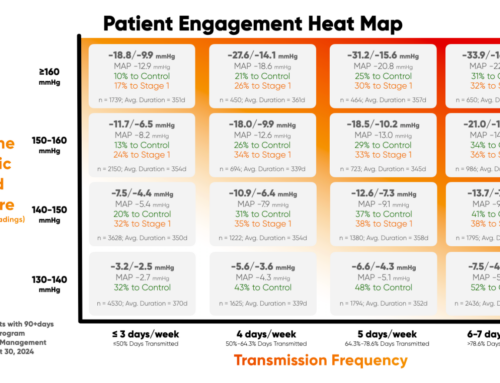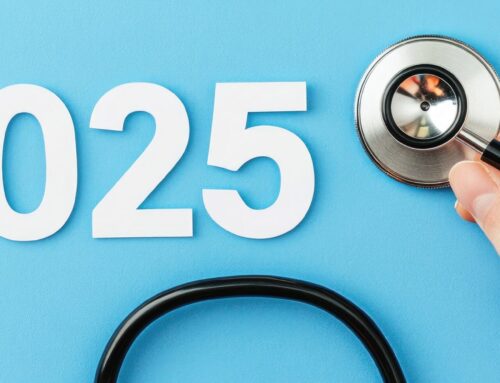For many patients, especially those without acute conditions (or more advanced chronic diseases), their only connection to the healthcare system is through their primary care provider (PCP). An annual physical can serve as a check-in where otherwise healthy patients are screened for diseases, have their biometrics recorded and perhaps have a quick discussion with their physician about concerns or questions related to their health and wellness. The types of screenings, lab work and conversations usually correspond to age and gender, but with limited time and many physicians seeing several thousand individual patients each year, tailoring an annual physical to anything more specific than these basic demographics is infeasible.
Patient-generated lifestyle data presents an enormous opportunity for both patients and PCPs to maximize these annual visits, providing a more customized and personal experience for the patient and a more insightful view of the patient’s overall health for the clinician. When collected and utilized in an actionable way, lifestyle data has the potential to be a transformative tool for primary care, from maintenance and prevention to diagnosis and treatment.
Lifestyle Data for Maintenance and Prevention
Of the many quotable physicians throughout history, perhaps the most eloquent and concise encapsulation of the aims of primary care comes from a non-clinician, Benjamin Franklin, who once wrote that “an ounce of prevention is worth a pound of cure.” While most PCPs take this to heart and spend a significant amount of time guiding cigarette smokers to smoking cessation resources, explaining nutrition fundamentals to overweight patients and extolling the virtues of physical activity to pretty much anyone who walks through the door, in most cases these efforts are only based on data collected that day and are provided without a mechanism to follow-up or gauge success.
Patient-generated lifestyle data can allow PCPs to efficiently compile a more complete picture of their patient’s health. By analyzing data from wearables, patient surveys and connected (IoT) devices, advanced algorithms and visualizations allow physicians to first understand how the patient is doing for the 364 days a year they don’t have direct contact with them and then personalize their recommendations to the patient to an extent that goes well beyond basic demographics. For patients who show early risk factors for chronic diseases, lifestyle and patient-generated health data allow PCPs to follow-up and track progress remotely over time in an efficient and user-friendly way that leverages devices that patients might already own.

Lifestyle Data for Diagnosis and Treatment
For many diseases, researchers and data scientists have uncovered patterns that can predict disease before symptoms ever present. Factors like diet, activity, heart rate and blood pressure can be combined to create risk profiles that allow physicians to suggest and implement lifestyle interventions that can slow or reverse early symptoms of chronic disease. Patients who have received those interventions can then be monitored for adherence and progress without having to travel in to see their care team in person.
For patients who are suffering from acute or serious chronic conditions, the ability to remotely monitor activity, nutrition and other lifestyle factors is increasingly becoming a critical tool for PCPs. Even when patients are in more regular contact with their providers, recall bias and treatment adherence can muddy the waters for clinicians trying to understand how their patients are doing between visits. Instead of asking patients to record or journal their progress, this data collection can be automated to passively collect the same types of data with greater accuracy than if the patient were manually recording it themselves.
Implementing and Integrating Lifestyle Data in Practice
Despite its enormous potential, there remain barriers to fully implementing lifestyle data into primary care settings. Most electronic medical record systems are not equipped to handle lifestyle data and those that are often require expensive and time consuming customization to adapt to specific use cases and workflows. The few solutions that do exist in this area can be difficult to use for both patients and providers.
HealthSnap brings the potential of lifestyle health data to fruition with solutions like the provider-oriented Hera platform that works out of the box to collect and analyze patient-generated lifestyle health data from wearables and Bluetooth-connected health devices, incorporate patient reported data via custom mobile surveys and allow for secure patient/provider messaging, all on a user-friendly HIPAA-compliant cloud platform. At a time when over 60% of patients identify as being excited to incorporate wearable technology on the recommendation of their doctor, hospital or even insurance company, the time is right to make the next step and transition from the reactive care paradigm of the past to the proactive, data-based care paradigm of the future.
Help your patients understand how their lifestyle impacts their health by encouraging them to use our data-driven lifestyle management platform. With HealthSnap, you can easily view and understand your patient’s lifestyle health and make data-driven care decisions based on lifestyle data. Sign up for FREE today by clicking here and make the lifestyle conversation easy!











